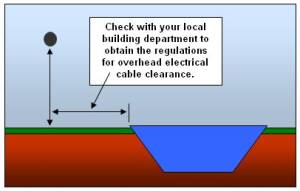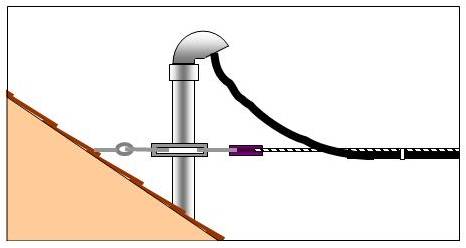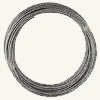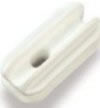
Figure 1 - Do not run overhead wires over swimming pools
- Overhead Power Service
There are times when running a cable or conduit underground is not practical. The most common of these situations involves obstacles such as driveways or patios.
Additional information on boring under driveways and sidewalks
If the electrical requirement for your outbuilding is to be a permanent installation, then running an overhead feed can be somewhat involved.
The overhead cable should not be near the incoming house service. Maintain a distance of at least 6 feet.
Do not run cables over swimming pools, spas, hot tubs or other water features, as shown in Figure 1. Each jurisdiction has specific rules with respect to the horizontal distance that must be maintained for overhead wires crossing a swimming pool or other water feature. Check with your local building department.
The proper method is to have a conduit run up the outside of the wall of your home and the outbuilding to reach a level approximately 13 feet from ground level, at the lowest point. Thirteen feet is reasonable clearance for any vehicle that may move underneath the cable. It also allows you to move an extension ladder around quite conveniently.
However, placing the conduit at a 13 foot level may require some carpentry, and roofing skills if you have an eve protruding from your home in the area that you wish to run the cable.
For this article, I will assume that you have the skills necessary to bring the conduit and other proposed mounting hardware through the roof if necessary.
The most common mistake that homeowners make when running an overhead service from one building to another is to let the cable support its own weight. Electrical cable is not designed to support its own weight and because of this, requires mechanical support.
In order to support the weight of the electrical cable or wire you should install a guy-wire from one building to the other. The guy-wire should be held in place using turnbuckles and insulators, as shown in Figure 2. When tightening the guy-wire remember that wire expands in the heat and contracts in the cold. If it is hot outside and you tighten the guy-wire, it will rip the fittings when it gets cool, allow for some slack.
The guy wire should not connect to the rigid metal mast that is channeling the electrical cable or wire to the house or out-building. It should be connected to it's own support.
You can wrap the electrical cable or wire around the guy-wire, one turn every 12 to 18 inches or you can attach the electrical wire to the guy-wire using tie wraps, about every 12 inches. Leave a little slack in the cable to allow for contraction in cold weather.

Figure 2 - Connecting turnbuckle, insulator and wires to electrical riser or mast
The mast should be rigid conduit, not PVC or other plastic material. A weather-proof service entrance mast head should be attached to the top, this prevents rain, snow and sleet from entering the conduit and eventually getting to the electrical panels.
Parts Required For Overhead Electrical Service

Mast Heads

Turnbuckles

Guy Wire

Rigid Conduit

Cable

Insulators

Guy Wire Clamps

